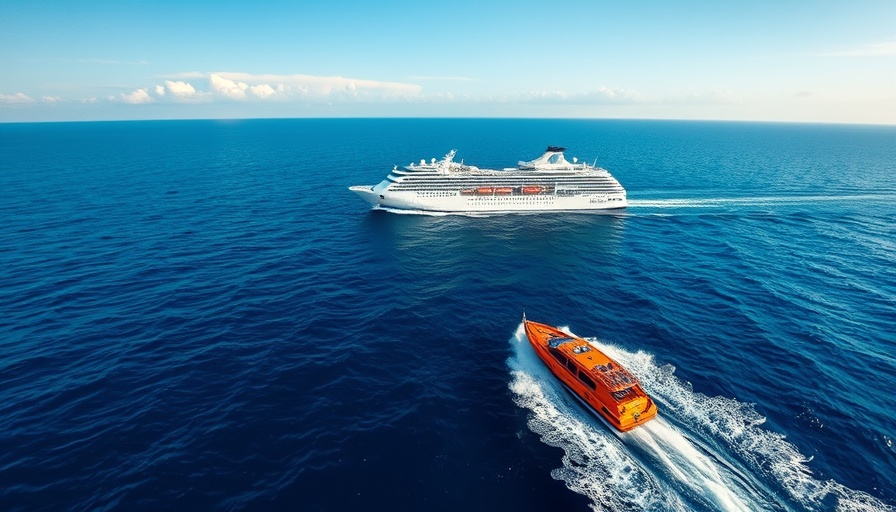
The Revival of the 'Poop Cruise' Incident
In recent weeks, a seemingly unremarkable cruise has resurfaced in public discourse thanks to a new Netflix series, drawing attention to what has been dubbed the 'Poop Cruise.' This incident, which took place in 2007, involved an ill-fated voyage where passengers on the cruise ship Triumph were left stranded without power, leading to dire sanitary conditions.
What Really Happened on the Cruise
The Carnival Cruise Line's Triumph was meant to be a dream vacation for many, but it quickly turned into a nightmare. After an engine fire left the ship adrift in the Gulf of Mexico, passengers found themselves in a dire situation where clean water and proper sanitation were no longer accessible. The horrific conditions—including overflowing toilets and a pervasive odor of sewage—highlighted lapses in safety protocols and raised questions about the cruise industry's commitment to passenger safety.
Netflix Series Sparks Renewed Interest
Netflix’s dramatization of the event has reignited public interest, drawing in viewers who are eager to relive the chaos faced by the passengers. The series navigates through personal accounts, showcasing the emotional and psychological toll of the experience. This has led to discussions about not only customer service in the travel industry but also consumer rights and expectations from cruise lines.
Exploring Broader Impacts on the Cruise Industry
The conversation around the 'Poop Cruise' is timely, as it occurs amidst a larger conversation about the state of the cruise industry, especially after the severe impacts of the COVID-19 pandemic. Passengers now have heightened awareness about health, safety, and cleanliness standards when it comes to cruise vacations. The incidents aboard the Triumph serve as a stark reminder that mishaps can happen, and it’s crucial for companies to prioritize customer safety thoroughly.
How This Will Affect Future Cruising Trends
As people consider cruising once again, the lingering questions about the safety and operational integrity of cruise ships invite further scrutiny. Will potential travelers opt for smaller, more intimate cruise experiences, or will they still choose the larger ships that may carry more risk? Factors such as sanitation protocols, emergency responses, and overall safety records may dictate the future of traveling by sea.
Common Misconceptions About Cruise Safety
One common misconception about cruise vacations is that they are invariably safe and well-managed environments. However, incidents like the Triumph serve to highlight vulnerabilities. It's essential for travelers to do their homework, reading reviews and being aware of any red flags regarding health and safety protocols before booking a trip.
The Emotional Toll of the Experience
Beyond the logistical failures, the experience aboard the Triumph sparked significant emotional distress among its passengers. This human interest angle emphasizes the need for companies to maintain an awareness that their customers are not just numbers, but individuals with feelings and concerns that deserve attention. The Netflix series captures this narrative well, harnessing personal stories that resonate deeply with viewers.
In ConclusionAs the world of cruising enters a new era, with Netflix thrusting the 'Poop Cruise' back into the spotlight, consumers are urged to remain vigilant about their choices. Understanding the potential pitfalls and staying informed is crucial. So, whether you're a seasoned cruiser or considering your first trip, it's essential to research and be aware of your rights as a passenger. Equip yourself with knowledge before stepping onboard again.
 Add Row
Add Row  Add
Add 




Write A Comment